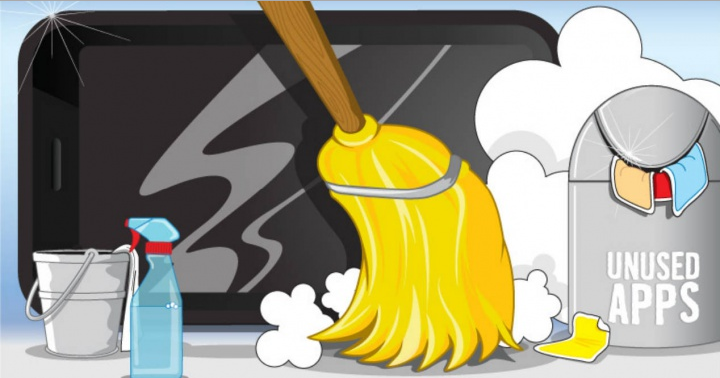
If you require an additional storage space or tire from stumbling on outdated or unknown files, you should patiently and scrupulously perform a repository cleanup. Simple browsing your personal content and getting rid of its no more needed parts might not be enough to procure the required free memory percentage.
What’s Other storage?
Mac users are familiar with the fact that the device operating system labels all stored data that simplifies access to desirable content.
If insides of Audio, Movies, Photos, Backups and Apps sections are guessable, the sort of stuff that is categorized as Other can be initially confusing.
But developers didn’t intend to bewilder the users they only gave things appropriate names. Other storage is various data that cannot be placed under previously mentioned labels. It gathers following types of content:
- Text files. Any format content that was created, edited and exported by written information processing software.
- Archives. Compressed data by standard or custom apps.
- Cache. User, browser, and system temporary files and OS folders.
- Add-ons. Web plugins and applications extensions.
- Other. Stuff that Spotlight search cannot identify.
Thereby the cleaning option to close your eyes and throw all the files to Trash isn’t applicable here. Furthermore, it can cause the loss of important documents and malfunctions of system processes and software performance.
How to reduce Other storage?
There are two ways to decrease the number of files in this section. Both of them have their pros and cons. Review the following procedures with their usage and choose the best one for you.
They envisage two corresponding types of cooperation:
- System-user. A PC owner manually cleans up the storage employing default navigation tools.
- Software-system. A specially designed application detect and if authorized delete unwanted files.
These methods separately or together should be performed for each content category of Other section. Taking into consideration that some of these files are essential for the core system and software operating processes, backup the crucial folders to be able to recover them if failures or critical errors occur.
Getting rid of Other user data
Most of documentation and archives are created or uploaded by users. Hence only they can determine what the particular file’s worth. OS or software instruments just implement convenient access and sorting ways.
If your text or zipped content is organized, to find its location is a matter of seconds. On other occasion employ search system functions. The easiest way to collect these files in one place is described in the following steps.
1.) Open the desktop and type Command+F.
2.) Drop down the far left menu.
3.) Select Other clause.
4.) Define your query by inputting required file formats and sizes.
5.) Sort out search results and delete excessive content.
If you’re applying some suitable software like CleanMyMac, the procedure is pretty much the same. But applications have more user-friendly and goal-oriented interface and functions for these purposes. You can read more about cleaning other with this app here.
Taking out cache and extras
Storage locations of this part of Other content are mostly determined by OS and applications unless there is a built-in possibility for user management. They are standard for Mac operating system and can be easily approached with Go to Folder navigation tool.
To access and remove unnecessary system and software cache consistently type the subsequent directions to the instrument input window.
1. /Users/User/Library/Application Support/
2. ~/Library/Caches
3. /Library/Caches (no ~)
4. ~/Documents/Logs
Do not make personal amendments in these files organization structure and avoid deleting content with unknown applications. Both actions can be harmful to OS or program running.
Dealing with browser cache and plugins is less problematic since Web explorers provide their instruments for temporary records removal. They are usually located in History. Partly or at once you can remove saved or visited websites, their images, signup data, cookies, etc. You can also quickly find your downloads and get rid of them if you haven’t displaced them already.
What are best ways to clean Other storage?
Presented manual methods can totally make the best ways list since they allow users coordinating the process by themselves and exclude any personal data exposures.
Cleaning software supersedes and adapts default tools for different user requirements. But it cannot guarantee the same grade of security since any external intrusions by not standard applications can damage or steal digital property.
Local or complete memory cleanup of your device should be executed periodically. You can also be more organized concerning data offline and online storage and software installation to keep an adequate amount of free space on your PC drive.

